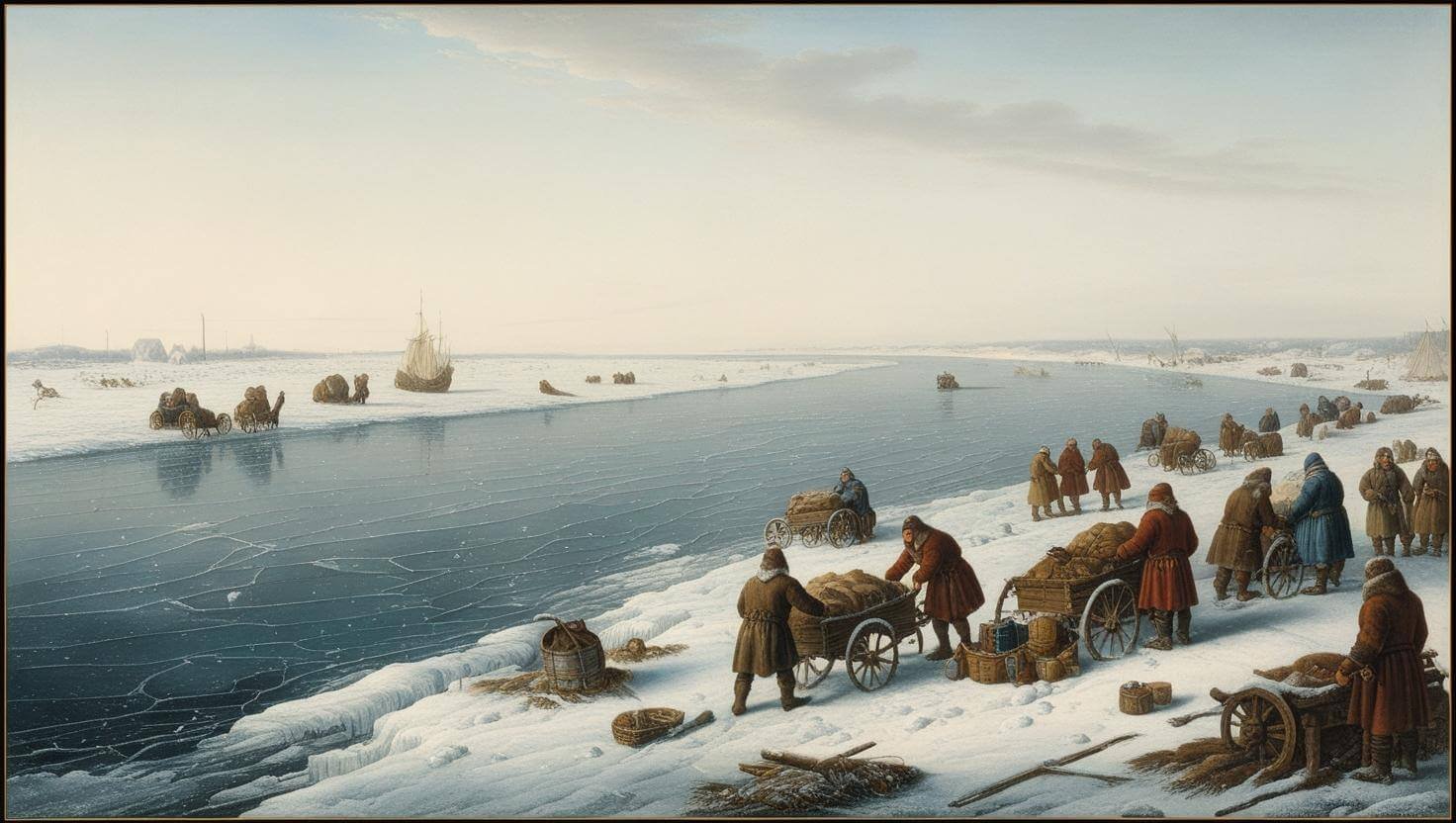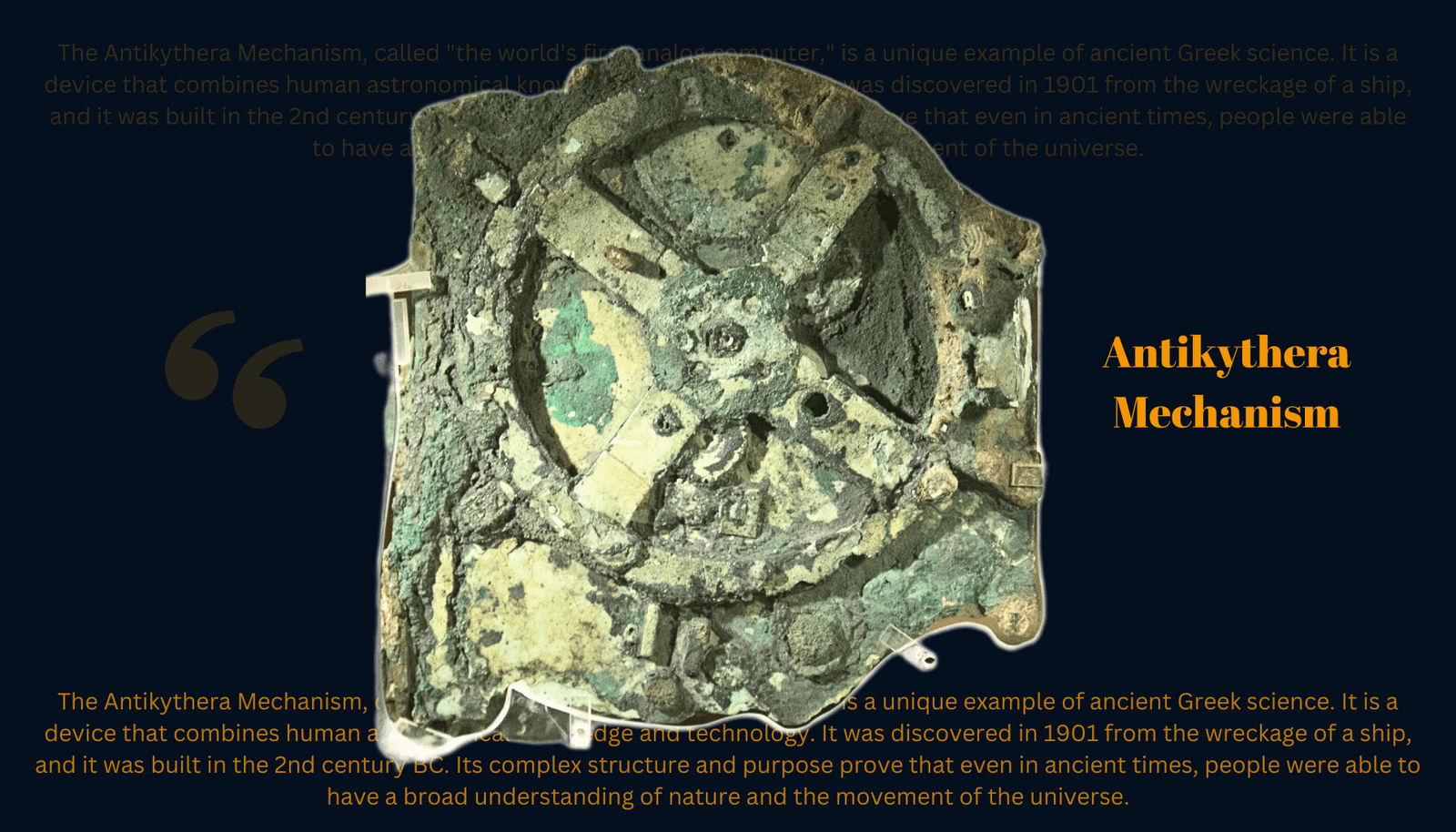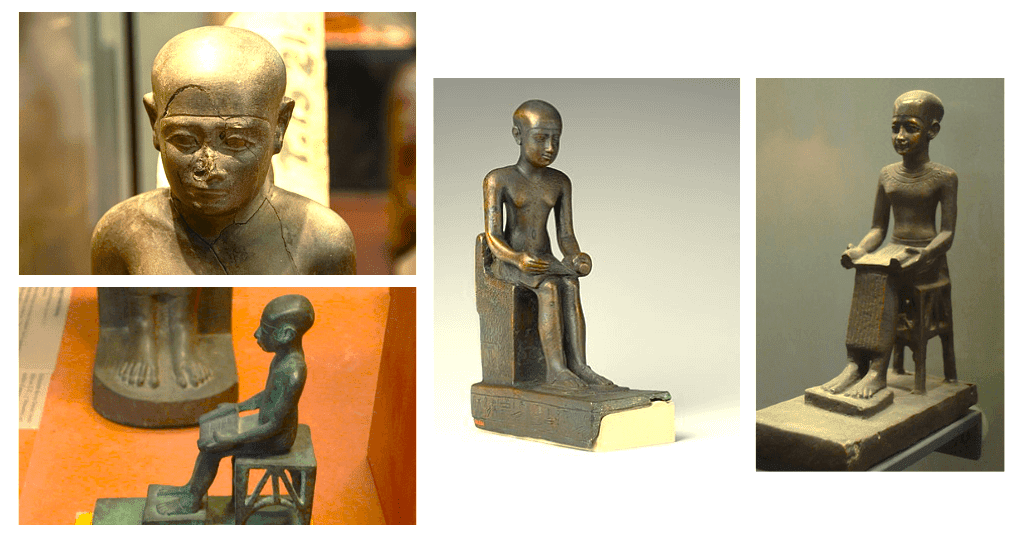
Ancient Water Management Systems: How Mesopotamia & Indus Valley Transformed Irrigation & Sanitation
Discover how ancient civilizations like Mesopotamia and the Indus Valley developed innovative water management systems. Learn about their irrigation techniques, sanitation methods, and how these systems laid the foundation for modern water infrastructure.
Introduction: Ancient water management systems
Water has always been a crucial resource for human survival, and ancient civilizations recognized this early on. From the ancient water management systems of the Indus Valley to the Mesopotamian water engineering marvels, ancient societies developed sophisticated methods for managing and distributing water. These systems enabled them to thrive in challenging environments and laid the groundwork for modern water infrastructure. In this article, we will explore how civilizations like Mesopotamia and the Indus Valley created ancient water systems for irrigation, sanitation, and daily life.
The Indus Valley: A Pioneering Civilization in Water Management
The Indus Valley irrigation techniques were among the most advanced of their time. Located in what is now modern-day Pakistan and northwest India, the Indus Valley civilization developed an extensive system of water management that supported urban planning and agriculture. They constructed ancient water systems that included sophisticated drainage systems, wells, and water reservoirs.
One of the key features of the Indus Valley irrigation techniques was the use of canals and dams to control the flow of water. These channels not only provided water for irrigation but also served as a form of flood control, a necessity in an area prone to seasonal floods. The water management systems were so advanced that many of the cities in the Indus Valley, such as Mohenjo-Daro, had private bathrooms with drainage systems connected to a centralized sewer system.
The water supply and sanitation in ancient civilizations were also important aspects of the Indus Valley’s legacy. These early innovations in sanitation helped maintain public health and hygiene in urban centers, a critical feature for growing populations. The Qanat and puquio water systems, which were later adopted by various cultures, had similar principles to the systems developed in the Indus Valley.
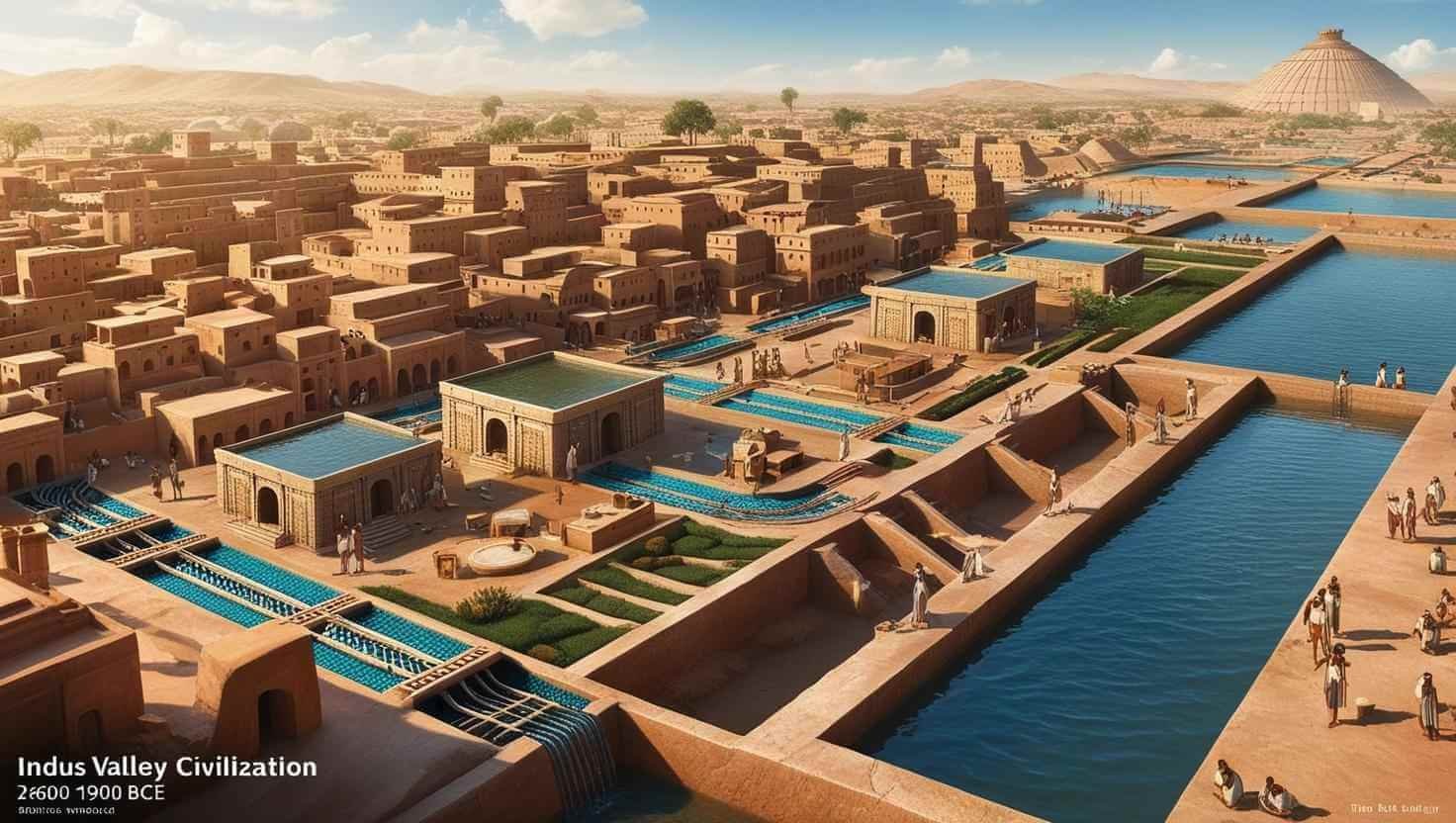
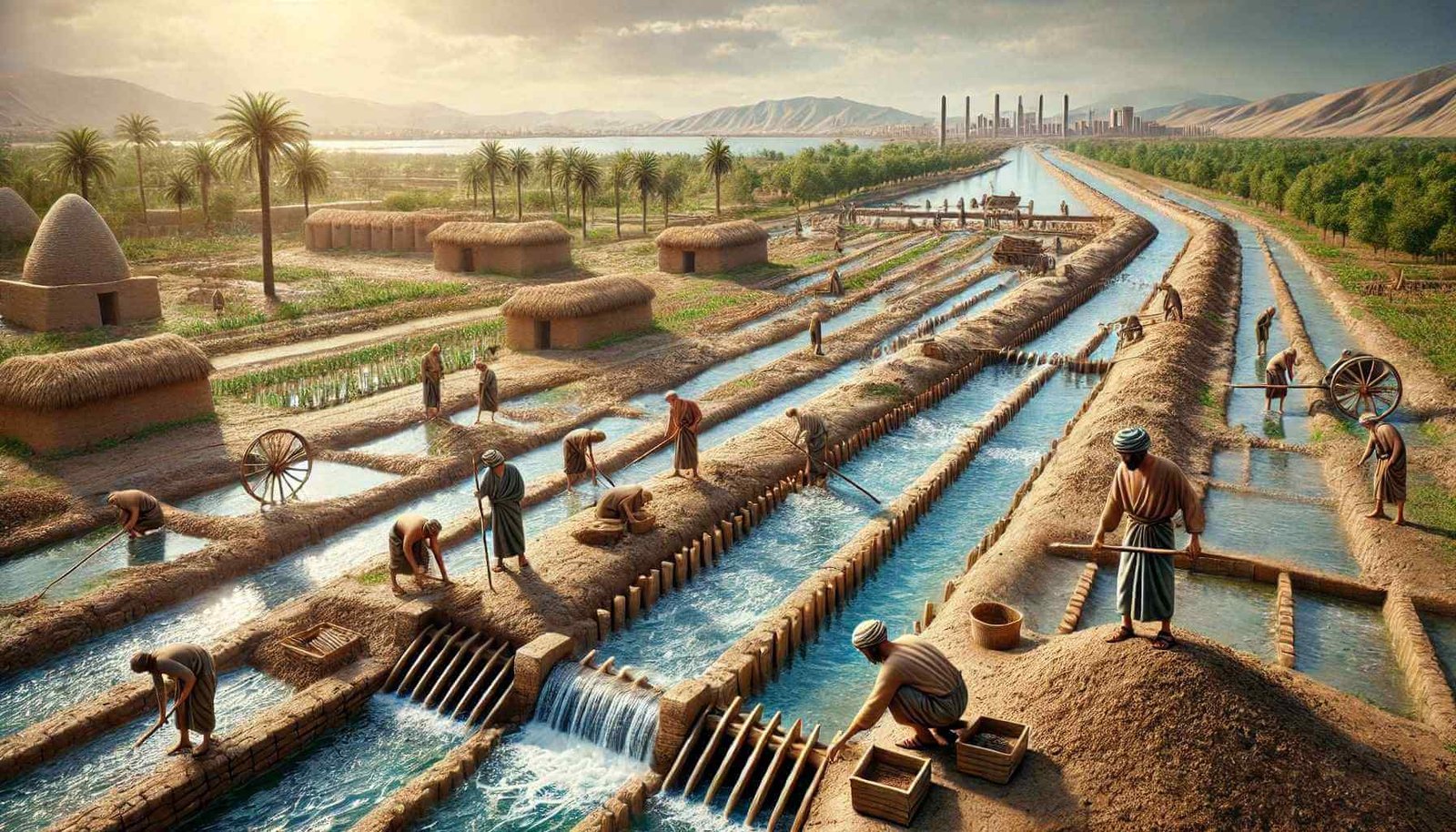
Mesopotamia: The Cradle of Water Engineering
Mesopotamia, often referred to as the “Cradle of Civilization,” was another region where Mesopotamian water engineering flourished. The early Mesopotamians, who settled between the Tigris and Euphrates rivers, faced the challenge of managing the fluctuating water levels of these rivers. To address this, they developed an intricate system of canals, dikes, and reservoirs to regulate water flow for irrigation and drinking.
The ancient irrigation methods used in Mesopotamia were key to the growth of agriculture in the region. They developed large-scale irrigation systems that allowed them to cultivate crops in otherwise arid areas. These systems were often linked to large cities, which used the water for drinking, cooking, and industrial activities.
The Mesopotamian innovations in water management and urban planning were not limited to agriculture. The Mesopotamians also created sophisticated drainage systems to ensure that cities like Babylon remained habitable. These systems included sewage canals, which helped keep the city clean and reduce the risk of disease outbreaks. These innovations were essential for the survival and prosperity of one of the earliest urban civilizations.
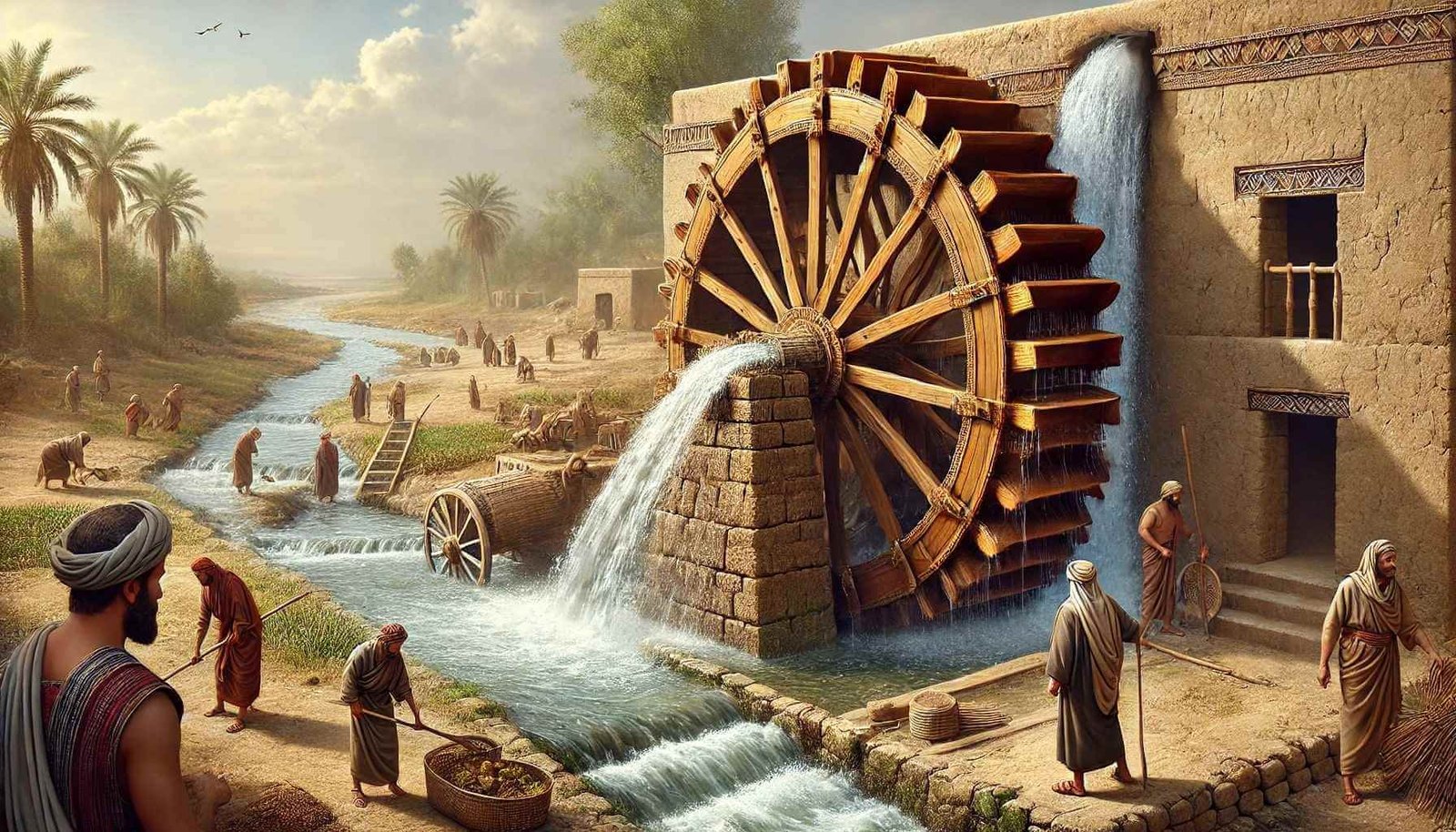
Learn More About Microplastic Pollution Solutions: Revolutionizing Clean Ocean
Galaxies Mystery
Galaxies are among the universe’s most mysterious and awe-inspiring structures, home to billions of stars, planets, and other celestial objects. One of the greatest enigmas is the presence of dark matter, an invisible substance that holds galaxies together through its gravitational pull. Within their cores, supermassive black holes lurk, consuming matter and emitting powerful jets of energy, shaping the galaxy’s evolution. Some galaxies defy explanation, such as those with almost no dark matter or stars moving at unimaginable speeds. Others, like quasars, shine with incredible luminosity, powered by ancient black holes. Galaxies are not only cosmic wonders but also hold the secrets to understanding the universe’s past, present, and future.
The Role of Qanat and Puquio Water Systems
A fascinating aspect of ancient water technology is the development of Qanat and puquio water systems. These systems, which originated in the ancient civilizations of the Middle East, were underground irrigation systems designed to transport water over long distances. The Qanat system was particularly effective in arid regions where water was scarce. It involved a series of vertical shafts connected by horizontal tunnels that allowed water to flow from underground aquifers to the surface, where it could be used for irrigation.
The Qanat and puquio water systems represent a significant technological advancement in ancient water management. These systems were adopted by various cultures, including the Persians, and spread throughout the Middle East and North Africa. The principles of these ancient systems are still used in some parts of the world today, proving their enduring impact.
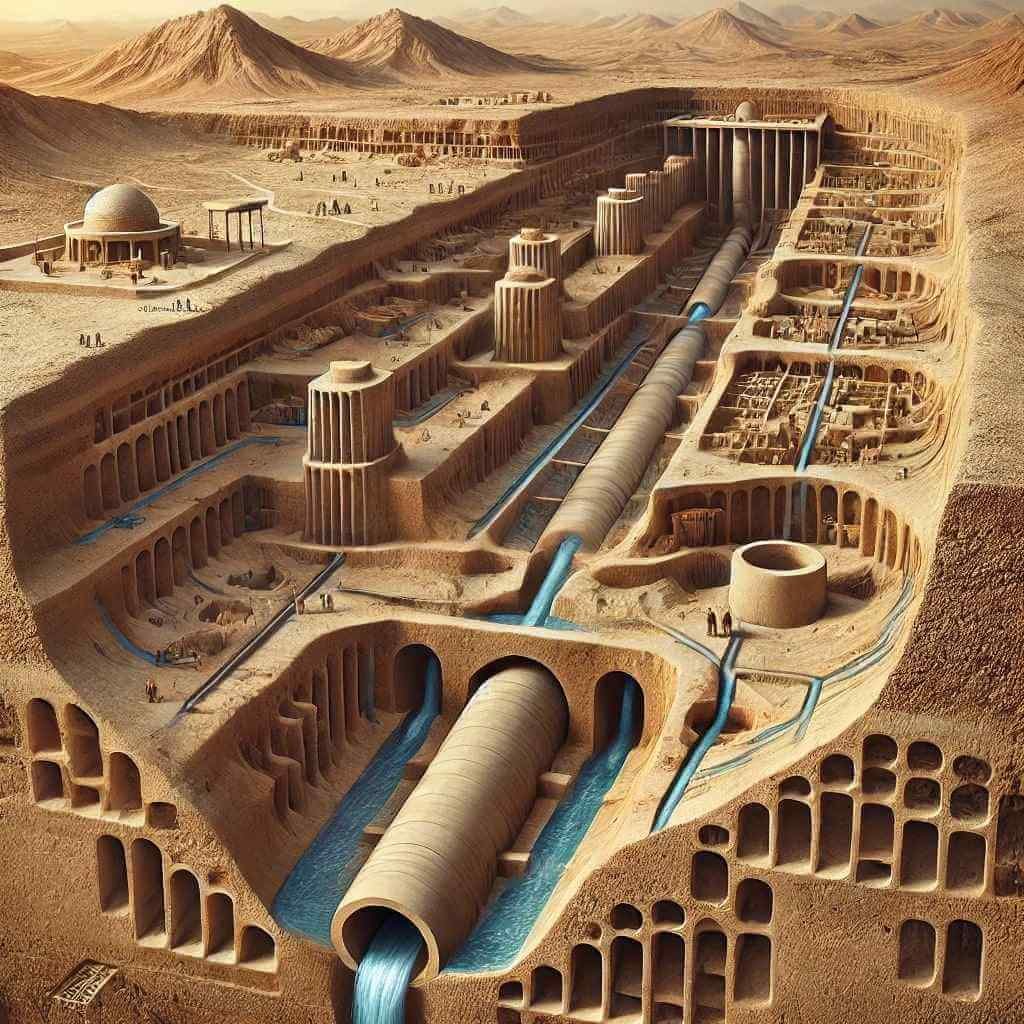
Comparative Analysis of Ancient Water Management Systems
When comparing the ancient water systems of the Indus Valley and Mesopotamia, it’s clear that both civilizations developed innovative solutions to manage water resources. While the Indus Valley irrigation techniques were focused on flood control and water distribution for agriculture, Mesopotamia’s Mesopotamian water engineering was more concerned with regulating river water for irrigation and ensuring the sustainability of urban life.
Both civilizations, however, shared a commitment to improving water supply and sanitation. The ancient irrigation methods of both cultures laid the foundation for modern systems that continue to manage water resources today.
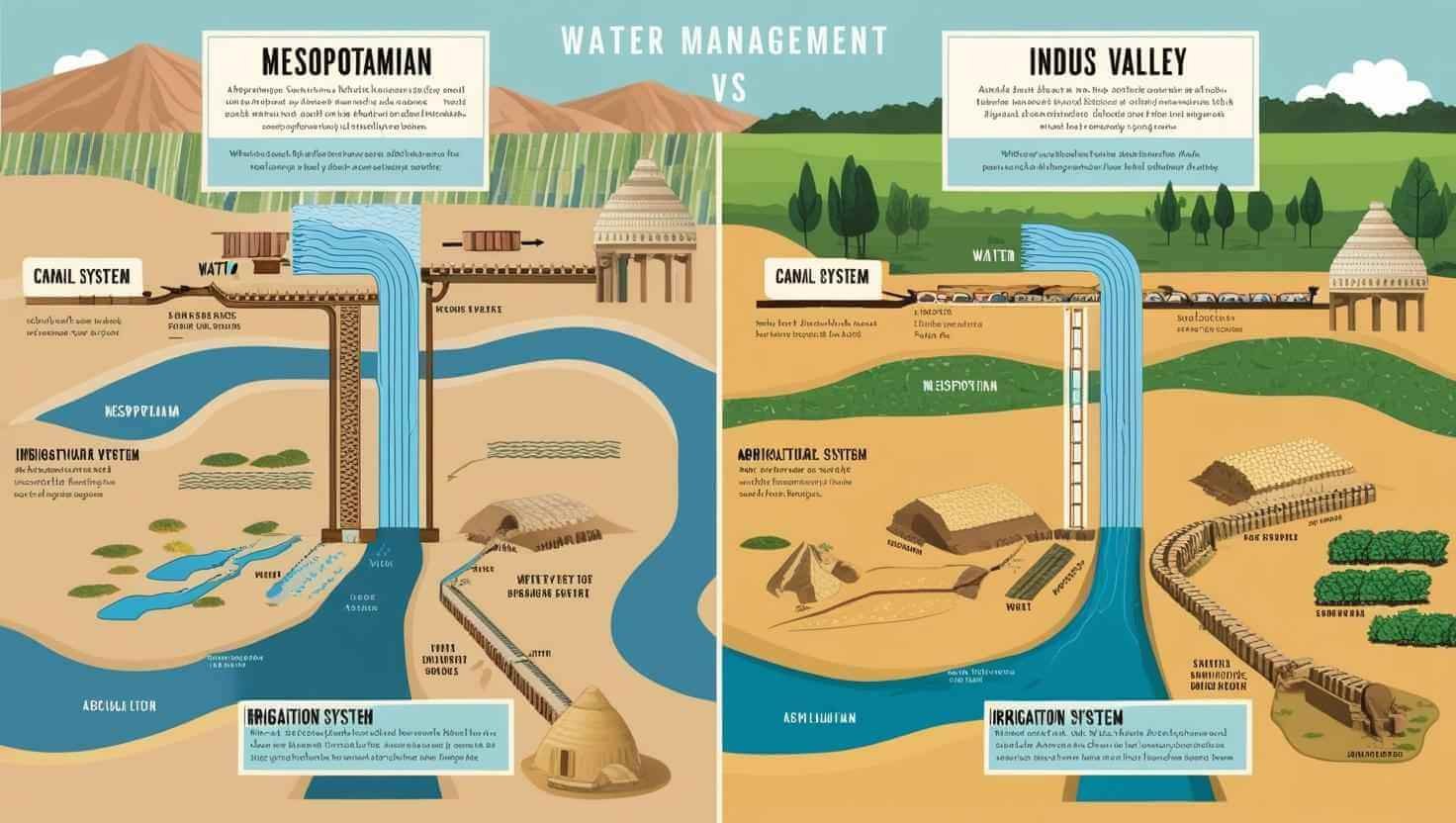
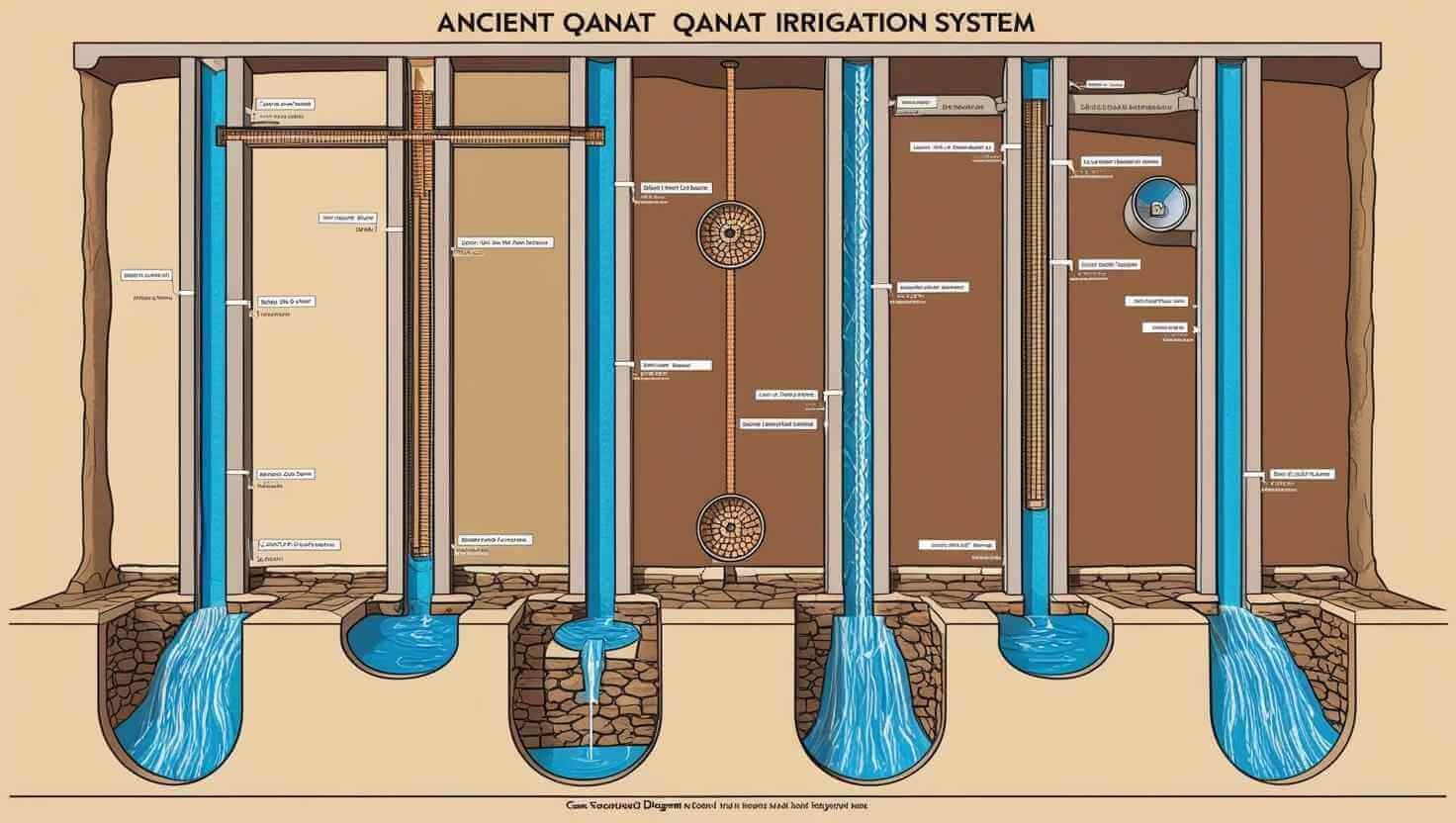
The Legacy of Ancient Water Management Systems
The legacy of ancient water management systems cannot be overstated. Ancient civilizations water management innovations played a crucial role in the development of early cities and agricultural societies. Today, many modern water systems, such as those used for irrigation and urban sanitation, are built on the principles developed by ancient engineers and planners.
The history about water and its management in ancient societies provides valuable lessons for contemporary water conservation efforts. By studying historical irrigation systems and early urban water infrastructure, we can gain insights into how to better manage our own water resources in the face of growing environmental challenges.
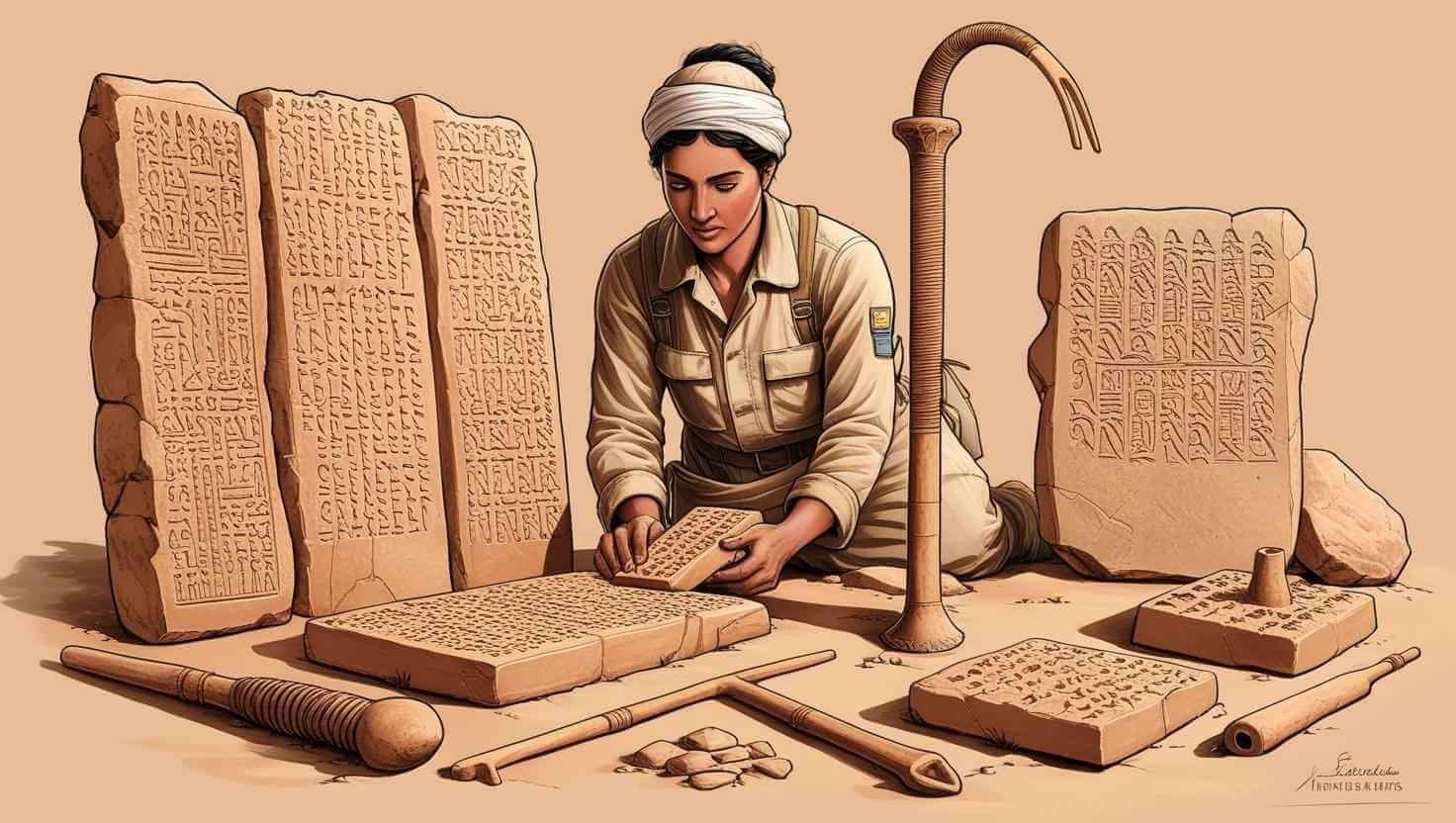
Conclusion: Ancient Water Systems and Their Enduring Impact
In conclusion, the history of water management in ancient civilizations like the Indus Valley and Mesopotamia reveals a remarkable level of ingenuity and foresight. Their innovations in water supply and sanitation, irrigation, and urban planning not only helped sustain their societies but also influenced future generations. The Qanat and puquio water systems and other ancient methods continue to serve as a testament to the resourcefulness and technological advancements of these early civilizations. Understanding how these civilizations tackled the challenges of water management can help us better appreciate and address the water-related issues of today.
References:
- All Images are Generated.




